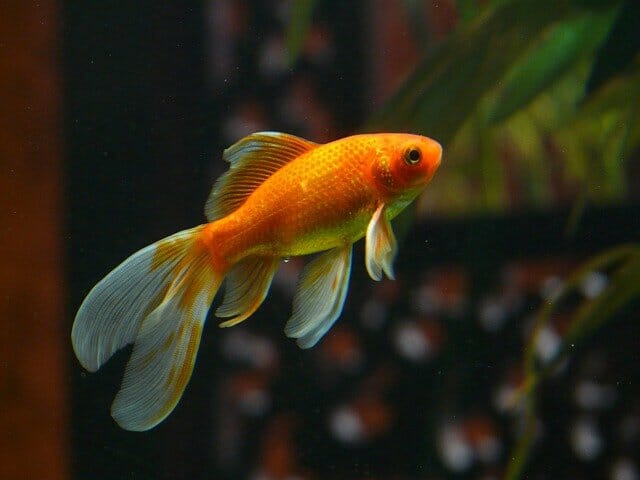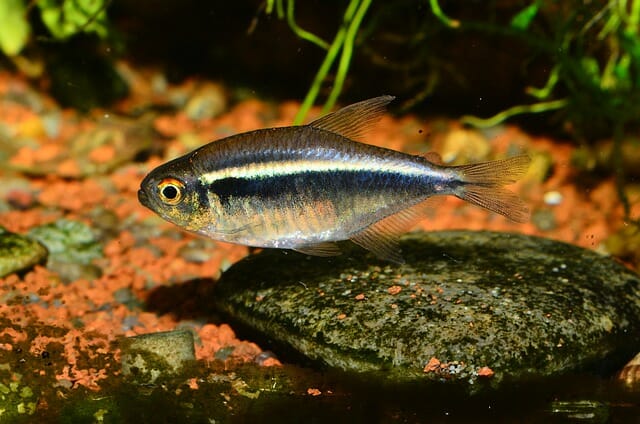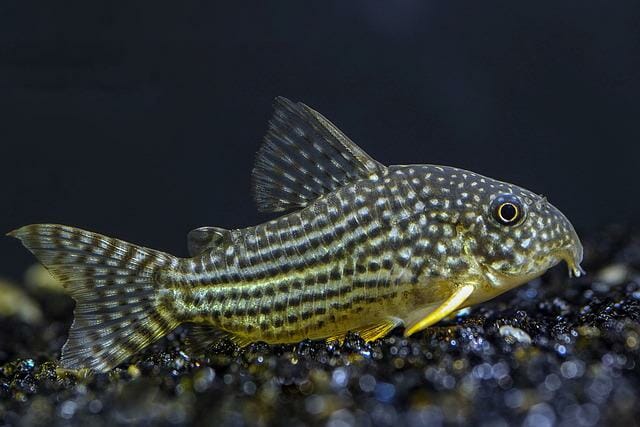How to Quarantine a Sick Fish: Full Guide and Instructions

If you have a fish that is not responding to antibiotics or is showing signs of illness- such as poor appetite, weak immune system, increased mucous production, and rapid breathing- it’s essential to isolate the fish in a tank with clean water and fresh air before doing anything else. This will help ensure the best possible chance for recovery.
Table of Contents
What Is a Quarantine Tank?
A quarantine tank is used to contain a fish that may be infected with a disease or could have ingested something harmful. Keeping the fish in a controlled environment can help ensure their health and prevent infection.
A quarantine tank is necessary to help prevent a disease or infection in a fish. By isolating the fish, you can provide clean water, air, and plenty of food and supplementary vitamins. This will help improve their chances of recovery.
How Big Should a Quarantine Tank Be?
There is no one specific answer to this question- it will depend on the size of the fish and how many are in quarantine. Generally, a standard 10-gallon tank should be large enough for up to four small fish, while a 20 or 30-gallon tank may be better suited for up to ten or more fish.
Materials for the Hospital Tank
- Quarantine tank. A sturdy, covered container – such as a plastic storage bin.
- Freshwater
- Gravel or crushed coral
- Aquarium salt (optional)
Step-by-Step Process to Quarantine a Sick Fish
- Your first step is to get yourself a quarantine tank. You can use any size container with enough room for your fish plus some extra space (a regular pot won’t work; use something big enough, so there are some air bubbles). Make sure the water in the tank is clean and fresh.
- Fill the container with fresh water and add gravel to the surface. Add enough salt so the water is salty but not brackish if desired.
- Add your sick fish and ensure it has plenty of room to move around and swim in its own space.
- You may need to reduce their food or water consumption slightly while in quarantine; this will help keep them from getting too big for their new home and stressing out.
- Ensure all equipment that came in contact with the fish (e.g., water dishes, food, filters) has been adequately cleaned and disinfected.
- Put a thermometer in the tank to monitor the water’s temperature and adjust it as needed to stay within a safe range for your fish.
- Turn off all external lights and keep an eye on your aquarium daily to ensure everything is going according to plan; if not, tweak things as needed until everything looks okay again.
- Be sure to change half of the fish’s water every day to refresh it with clean (and healthy) water constantly.
- Leave your quarantine tank open for short periods- usually just long enough to check on the fish and top up the water if necessary- then close it back up again. This way, you can quickly determine when the fish is healthy enough to be returned to its original tank or released into the wild.

Maintaining a Quarantine Tank
To maintain a quarantine tank, make sure to do the following:
- Change approximately one-third of the fish’s water every day. Use fresh and warm (not hot) water to keep the fish comfortable and hydrated.
- Feed your fish twice daily – once in the morning and once at night – using a commercial diet or flakes that have been soaked in fresh water overnight.
- Keep the quarantine tank clean and avoid adding new fish until you are sure the current occupants have either recovered from their illness or been passed over by the disease.
- Regularly clean your tank using a gravel substrate cleaner or freshwater, removing any dried-up food, feces, or debris.
- Some fish diseases, such as fin and scale, can be spread through water contamination. To minimize the chances of this happening, ensure to disinfect your quarantine tank with a chlorine-based sanitizer once a week. Follow the directions on your sanitizer package carefully!
Cycling Your Quarantine Tank
Once your fish has been in the tank for a few days, it’s time to start cycling the tank. Cycling is a process where you introduce new organisms- usually bacteria or small fish- into an aquarium so that the existing ecosystem can be stabilized and eventually replaced.
If you’re cycling a tank, it’s essential to have the right equipment. For example, you’ll need an aquarium heater, water change containers, tubes/hoses for each water column in your tank (top, middle, bottom), and either an air pump or power filter. This will help promote healthy growth and prevent potential problems from developing.
- To cycle your quarantine tank, add one tablespoon of fresh water every day (keeping in mind that this water should only be used for drinking; do not use it to fill up the tanks fish swimming around or living in) mixed with one tablespoon of aquarium salt.
- Label the bottles, so you know which day corresponds with which water column (top, middle, or bottom). Make sure to change the water and salt mixture daily to change things up for your fish constantly.
- Once the cycling process is complete, you can add new plants and animals to your tank so that they can help boost your sick fish’s immune system and give them some new friends to play with. Be sure not to add any large or aggressive fish until after the quarantine process has been completed- smaller species will be less likely to cause any problems.

Treating and Returning Quarantined Fish
If your fish has recovered from their illness, you can return them to the same tank as the other non-quarantined fish. However, if your fish has contracted a disease, you must treat them separately and keep them in a quarantine tank until they fully recover.
Suppose your fish has never been in contact with colder than 72 degrees Fahrenheit water. In that case, it will likely need to be acclimated to the new temperature before being put into the quarantine tank. During this process, you should gradually introduce the fish to cooler water over several days or weeks. Make sure to keep an eye on them and make any necessary adjustments as needed.